Learning White Line or Provincetown Printmaking, Emily Orzech
One of the challenges and joys of the pandemic has been teaching- and first learning- new pressless printmaking techniques. I normally teach screenprint, etching, relief with oil based inks, and occasionally lithography. However, I am now teaching remotely and only some of my students have access to campus and our studio space. Everything needs to be possible in a dorm room, during quarantine, or at a kitchen counter. My Printmaking II course is now focused on mokuhanga, or Japanese woodblock printmaking.
As I was planning the course, I got the suggestion to begin students with a simplified technique related to mokuhanga called white line or Provincetown print. The process was developed in the early 20th century by a group of artists in Provincetown, Massachusetts who were familiar with mokuhanga. Blanche Lazzell is best known for this technique: https://en.wikipedia.org/wiki/Provincetown_Printers#/media/File:Blanche_Lazzell,_Tulips,_white_line_woodblock_print,_1920.tifhttps://en.wikipedia.org/wiki/Provincetown_Printers#/media/File:Blanche_Lazzell,_Tulips,_white_line_woodblock_print,_1920.tif
Rather than using multiple different woodblocks to create a single image and multiple different gouges and chisels for carving, the process uses a single v-gouge to carve thin white outlines into the block. In relief, the area that is carved away doesn’t print.
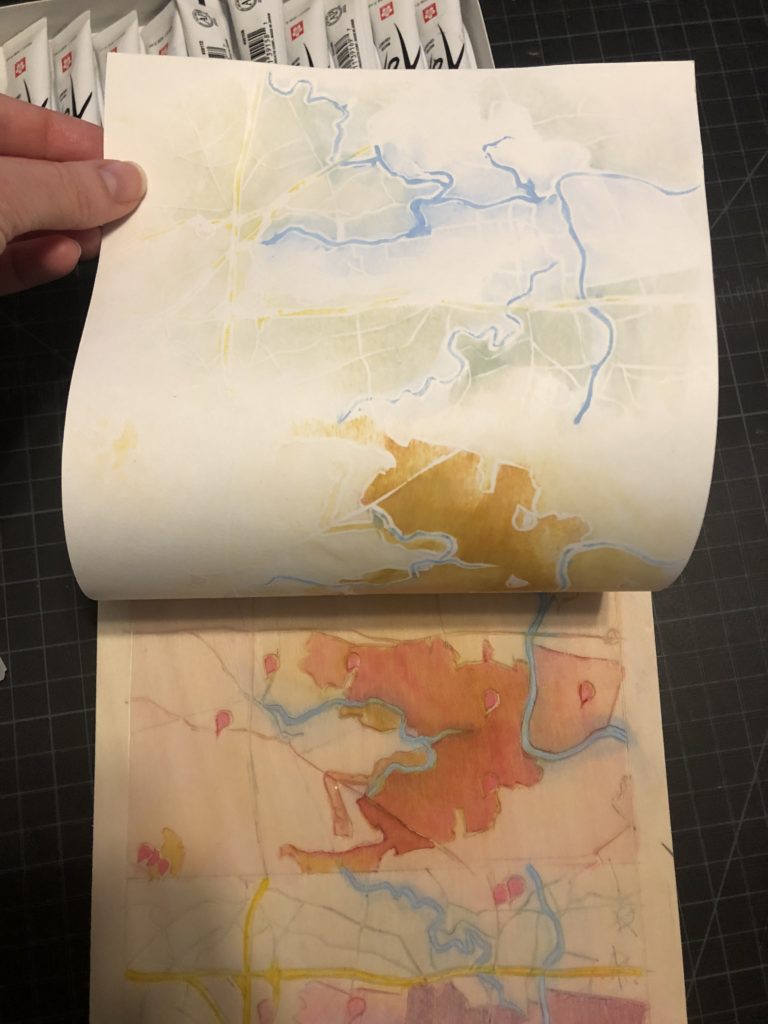
The individual segments of the print, which are delineated by the carved white outlines, are then hand painted with watercolor. The water color is then transferred to the paper using a spoon, one segment at a time. Each print is unique, or a monoprint. The block can be painted a different way each time. The method requires fewer specialized tools for mokuhanga that artists in the US might have found hard to obtain at the time. The major disadvantages of the technique are that the print must always include white outlines and that it only produces one unique print at a time rather than an edition (multiple identical prints). For my students, it is a great way to get a feel for carving and handling water colors before jumping into the more complex process of mokuhanga.
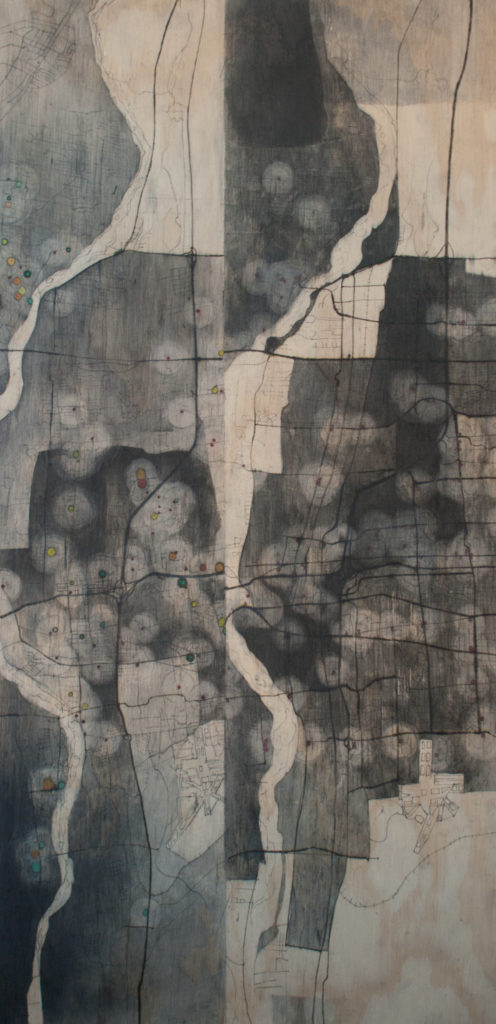
For my demonstration print I decided to create a new piece based off of an earlier series of maps called Walking Distance. In the series I was interested in disparities such as food deserts, which are urban areas without a grocery store in walking distance (above).
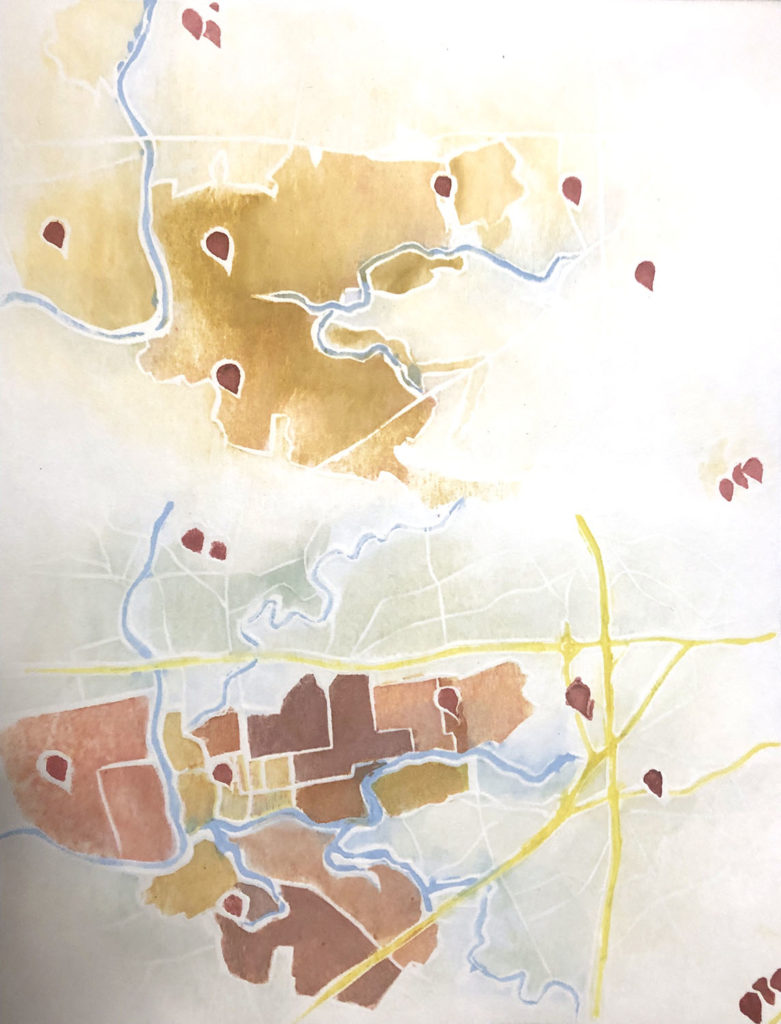
For this demo print I decided to take the town I live in and map the population density (top) and Covid prevalence (bottom) against locations of Covid testing sites. Unfortunately, I found that the data collected within the city limits and that of the surrounding metro area were inconsistent and couldn’t be accurately visualized together. At the moment, this remains an experiment with the concept rather than a finished work of art. I am currently thinking about how I might create a new version of the print that also makes visible the gaps in the data.
Van Luong (1)
 Kjell Zillen (4)
Kjell Zillen (4) Mels Dees (9)
Mels Dees (9) Gao Yu (4)
Gao Yu (4)Katya Lebedev (1)
Juan Dies (1)
 Anastasia Prahova (2)
Anastasia Prahova (2)Nena Nastasiya (7)
Taarn Scott (6)
 Cynthia Fusillo (20)
Cynthia Fusillo (20)Roberta Orlando (8)
 Nanda Raemansky (25)
Nanda Raemansky (25) Eliane Velozo (22)
Eliane Velozo (22)Leyya Mona Tawil (1)
Julia Dubovyk (2)
Jianglong (2)
 Iara Abreu (23)
Iara Abreu (23) Agathe Simon (1)
Agathe Simon (1)Rosetta Allan (1)
Elizaveta Ostapenko (5)
 Valentin Boiangiu (2)
Valentin Boiangiu (2) Wesley John Fourie (9)
Wesley John Fourie (9) Renato Roque (3)
Renato Roque (3)Rosa Gauditano (5)
Neerajj Mittra (34)
Ciana Fitzgerald (5)
Boris Moz (3)
 Katerina Muravuova (5)
Katerina Muravuova (5)Kyla Bernberg (1)
 Muyuan He (1)
Muyuan He (1)Liza Odinokikh (2)
 Amalia Gil-Merino (2)
Amalia Gil-Merino (2)Paulo Carvalho Ferreira (6)
 Anastasiia Komissarova (2)
Anastasiia Komissarova (2) Yumiko Ono (1)
Yumiko Ono (1) Stefania Smolkina (1)
Stefania Smolkina (1)Lena Adasheva (1)
 Zahar Al-Dabbagh (1)
Zahar Al-Dabbagh (1) Emily Orzech (6)
Emily Orzech (6) Fernanda Olivares (5)
Fernanda Olivares (5) Noor van der Brugge (3)
Noor van der Brugge (3) Ira Papadopoulou (2)
Ira Papadopoulou (2) Tom Chambers (8)
Tom Chambers (8) Titi Gutierrez (3)
Titi Gutierrez (3) Franz Wanner (2)
Franz Wanner (2) Crystal Marshall (6)
Crystal Marshall (6) Transpositions III (36)
Transpositions III (36) Riddhi Patel (3)
Riddhi Patel (3) Michele Kishita (2)
Michele Kishita (2)Damian Carlton (4)
 Deanna Sirlin (1)
Deanna Sirlin (1) Laura Salerno (3)
Laura Salerno (3) Nina Annabelle Märkl (12)
Nina Annabelle Märkl (12) Elina Fattakhova (1)
Elina Fattakhova (1) Tasha Hurley (1)
Tasha Hurley (1) Ian Hartley (2)
Ian Hartley (2) Laurence de Valmy (2)
Laurence de Valmy (2) Ilia Bouslakov (5)
Ilia Bouslakov (5) Andrea Ahuactzin Pintos (4)
Andrea Ahuactzin Pintos (4) Sveta Nosova (3)
Sveta Nosova (3)Carlos Carvalho (1)
 Maria Timofeeva (1)
Maria Timofeeva (1) Jinn Bug (2)
Jinn Bug (2) Johannes Gerard (3)
Johannes Gerard (3)Irène Mélix (1)
 Aba Lluch Dalena (3)
Aba Lluch Dalena (3) Fabian Reimann (1)
Fabian Reimann (1)Natalia Gourova (1)
 Kate Finkelstein (4)
Kate Finkelstein (4)Raina Greifer (1)
James McCann (2)
Naza del Rosal Ortiz (1)
 Jay Critchley Jay Critchley (1)
Jay Critchley Jay Critchley (1) Vicky Clarke (4)
Vicky Clarke (4) Maria Silva (4)
Maria Silva (4) Shir Cohen (5)
Shir Cohen (5) Peter Shenai (4)
Peter Shenai (4) Bo Choy (4)
Bo Choy (4)Alina Orlov (2)
 Olga Popova (3)
Olga Popova (3) Coco Spencer (2)
Coco Spencer (2) Filippo Fabbri (2)
Filippo Fabbri (2)Daniele Leonardo (5)
 SISTERS HOPE (1)
SISTERS HOPE (1) Scenocosme : Gregory Lasserre & Anais met den Ancxt (4)
Scenocosme : Gregory Lasserre & Anais met den Ancxt (4) Anne Fehres & Luke Conroy (6)
Anne Fehres & Luke Conroy (6) Olesya Ilenok (2)
Olesya Ilenok (2) Marie-Eve Levasseur (4)
Marie-Eve Levasseur (4) Natalia Tikhonova (2)
Natalia Tikhonova (2)Ildar Iakubov (1)
 Evgeniy Lukuta (7)
Evgeniy Lukuta (7) Jarkko Räsänen (5)
Jarkko Räsänen (5)Maria Guta (6)
Egle Kulbokaite Dorota Gaweda (6)
Thomas Kotik (1)
 Andrea Stanislav (3)
Andrea Stanislav (3)Ludmila Belova (1)
Alena Levina (1)
 Ilia Symphocat (2)
Ilia Symphocat (2)Yevgeniy Fiks (1)
Star Smart(Formerly Trauth) (18)
Jyoti Arvey (1)
Les Joynes (2)
 Ekaterina Ivanova (1)
Ekaterina Ivanova (1) Lev Shusharichev (1)
Lev Shusharichev (1)Michael Stebackov (5)
Ryan Griffith (3)
Lidia Gordeenko (3)
 Masha Danilovskaya (7)
Masha Danilovskaya (7) Irina Korotkaya (2)
Irina Korotkaya (2) WagtailFilms Oksana Bronevitskaia&Dmitry Zhukov (5)
WagtailFilms Oksana Bronevitskaia&Dmitry Zhukov (5)Kostya Diachkov (1)
Elena Sokolova (3)
Alexander Nikolsky (2)
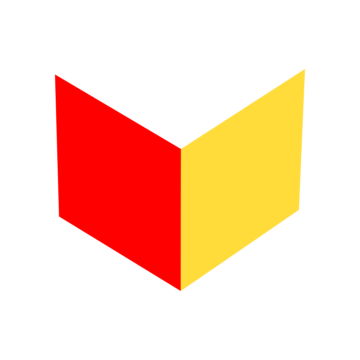
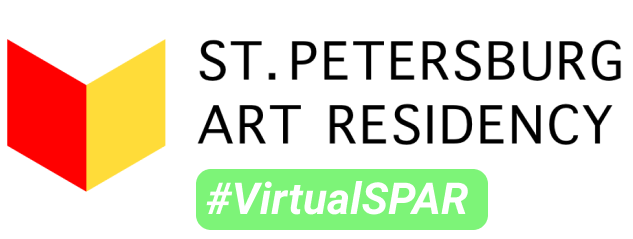
4 Comments
Thank you for sharing, Emily!
Is it getting any better on your side? Do you have a hope to start the next academic year with access to student studios or your education plan is to adapt to distance studies long term?
There aren’t any official plans yet, but I know that most universities in the US are hoping to be fully back in person. Many of our students are actually back on campus this semester, but we are still doing virtual instruction. I will be on a research sabbatical next year and am trying to re-imagine my studio plans based on Covid. How about you?
We are mostly fully functioning, I am not sure about universities: some used to be on distance earlier this year, but I guess by now everyone is getting back to offline. Though there might be a new wave of restrictions still.
Loving the works. I’ve never seen a printmaking technique like this before. The results are really interesting. I would love to sign up for your class. Thanks for sharing.